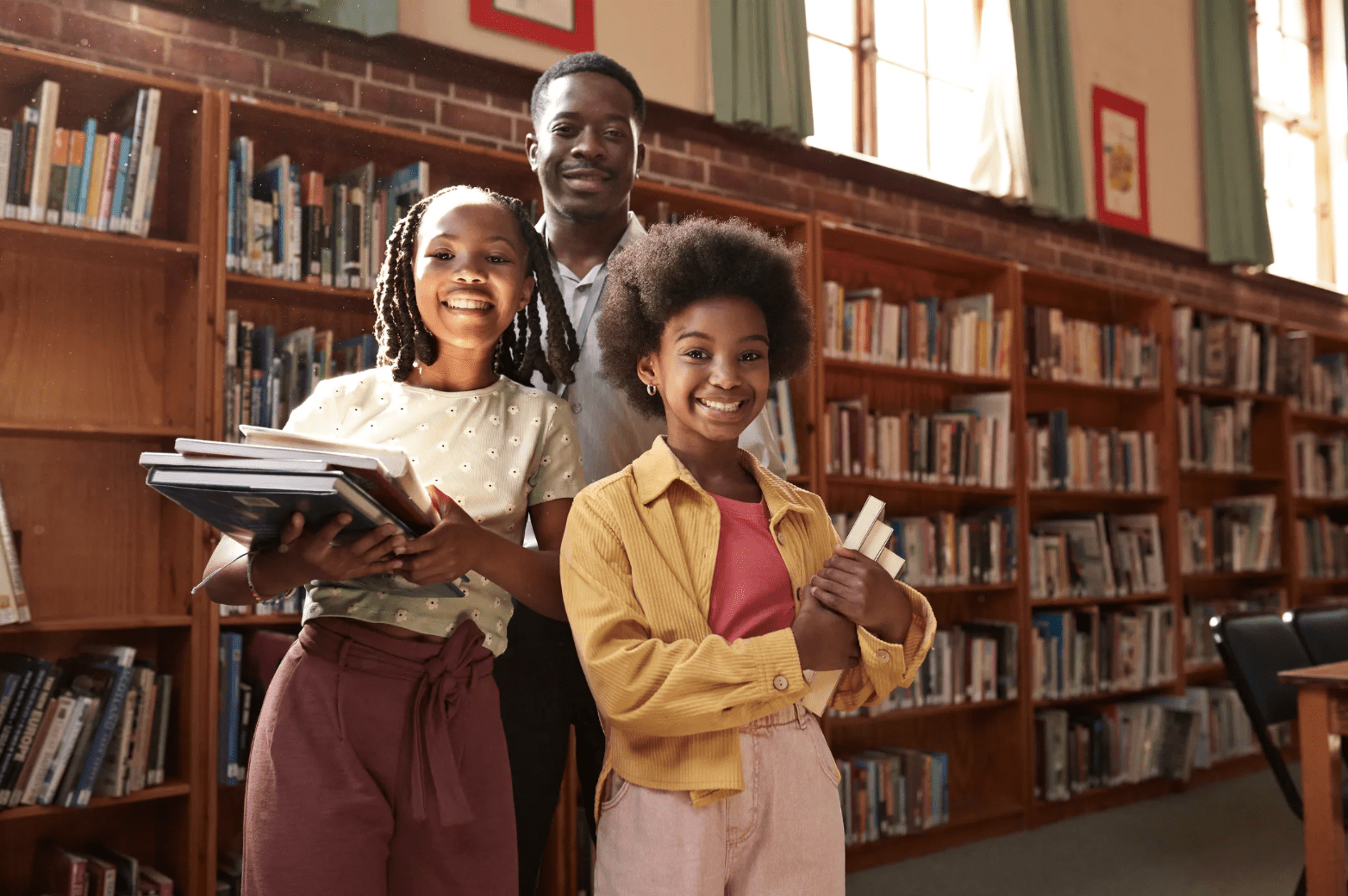(Photo Credit: Klaus Vedfelt / gettyimages)
As Black history and identity are erased from classrooms, libraries remain one of the last public spaces where Black kids can learn and read freely.
By from Word in Black
At their best, libraries do more than provide resources — they create belonging. As the nation celebrates National Library Week and its theme “Drawn to the Library,” libraries are among the few public spaces where Black children don’t have to justify their curiosity. Where they can read poetry, explore science fiction, learn about their ancestors, and dream freely.
But as schools nationwide become battlegrounds over censorship, the quiet corners of libraries — both public and school-based — are under threat.
A report released Monday by the American Library Association reveals a disturbing trend: Efforts to strip books from library shelves are on the rise, and they’re being driven by organized groups. The report found that “elected officials, board members and administrators initiated 72% of demands to censor books in school and public libraries.”
RELATED: Reading the Room: Why Black Kids Need More Than the Norm
The books under attack often revolve around race, history, and identity, and the most targeted novel is by a Black author: “All Boys Aren’t Blue” by George M. Johnson. Toni Morrison’s classic “The Bluest Eye” is the third-most challenged book. Organized efforts to ban books often target them under the guise of “parental rights” and “curriculum transparency,” but the ALA found parents are behind only 16% of attacks on books.
“As the organized attempts to censor materials in libraries persist, we must continue to unite and protect the freedom to read and support our library workers, especially at a time when our nation’s libraries are facing threats to funding and library professionals are facing threats to their livelihood,” American Library Association president Cindy Hohl said in a statement.
Censorship Is a Racial Justice Issue
The ALA’s report reveals 821 documented attempts to ban books in 2024, down from 1,247 in 2023. But the organization warns that the decline is due to tactics like library workers being afraid of being fired for reporting censorship.
According to the most recent data from PEN America, more than 30% of banned or challenged books centered on characters of color or were written by authors of color. These bans don’t just limit what Black children can read — they reshape what they’re allowed to know. When history is whitewashed and diverse voices are silenced, Black students are left with a fractured mirror — one that reflects little of who they are or what they come from.
RELATED: 9 Books for Black Students to Look Out for in 2025
Filling the Literacy Gaps
Book censorship isn’t the only challenge Black students face. Educational inequities — fueled by underfunded schools, overcrowded classrooms, and limited access to advanced coursework — also create barriers to achievement. Libraries, in this context, can serve as academic lifelines.
ALA research shows that regular library use is strongly linked with improved reading outcomes. For Black students, who face systemic literacy gaps — just 17% read at or above proficiency by eighth grade, according to the National Assessment of Educational Progress — libraries aren’t just helpful, they’re essential.
“The most important thing is that children continue to read,” Effie Lee Morris, the first African American president of the Public Library Association, said in 2002. Giving students “the opportunity to make their own decisions about what they read can lead to a new awareness of the role of reading in their lives.”
The ALA notes that every library visit, every new library card, and every storytime you take a child to serves as an act of resistance. They’re also asking people to “Contact your members of Congress by phone or email and ask them to protect federal library funding.”



